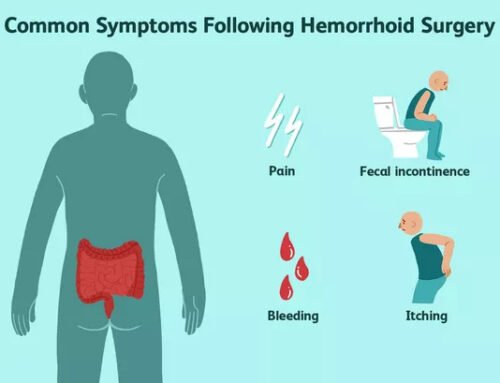
Common Types Of Fistula.
If you have searched Laser Treatment for Piles & Fissure, Anal Cancer, Permanent Cure for Fissure, Permanent Cure for Fistula, Best Hospital for Fissure Treatment on google you have landed in the right place. The following blog will explain everything you should know about this particular disease.
What exactly are fistulas?
A fistula is an anomalous link between the two organs or vessels that are constituted by a tunnel-like divot. Fistulas can grow in a lot of different places all across the body. Fistulas encompassing the genital and urinary tracts are the most prevalent in women and are caused by prolonged or hindered childbirth, pelvic surgery injury, contagion, swelling, or radiation treatment in the pelvis or genital area. In some cases, such as with people on renal dialysis, a doctor may construct a fistula for therapeutic purposes. But, in general, if you have it, you don’t want it.
The most common areas, however, are between digestive system tissues and other nearby organs – frequently reproductive system organs. The following are some of the most common fistulas:
Anorectal fistula: a connection between the anal canal and the skin that surrounds the anus. An anorectal fistula connects the anorectal canal to the perianal area. It is a tragic condition that commonly occurs after perianal abscess drainage and necessitates careful monitoring to diagnose and cure.
Anovaginal fistula: a connection between the anal canal and the vagina. A rectovaginal fistula is an abnormal connection between the bottom section of the large intestine (rectum) and the vagina. The portions of your bowel may dissipate through the fistula, enabling gas or stool to cross through your vagina.
Colovaginal fistula: a connection between the vagina and the colon. A genogram or a barium enema can aid in the diagnosis of an upper rectum fistula. A contrast medium is used in these tests to show the vagina or the bowel on an X-ray image. The blue dye test. This test consists of inserting a tampon into your vagina and injecting blue dye into your rectum.
Colocutaneous fistula: a connection between the colon and the skin. A colocutaneous fistula is a rare complication of PEG placement caused by the colon’s interposition between the anterior abdominal and gastric walls. The tube is either inserted through the colon into the stomach and then migrates back into the colon, as it most likely did in this case, or it is inserted straight into the colon.
Enteroenteral fistula: a connection between two parts of the small intestine. A gastrointestinal fistula is an anomalous opening in the stomach or intestines that allows stomach or intestine contents to leak. Entero-enteral fistulas are leaks that travel through the intestines. Enterocutaneous fistulas are leaks that go through the skin.
Enterocutaneous fistula: is a connection between the small intestine and the epidermis. As a result, stomach or intestine contents dissipate through to the skin. The majority of ECFs occur following bowel surgery. If the enterocutaneous fistula (ECF) does not heal on its own after a few weeks or months, a complex surgery to close the fistula and reunite the gastrointestinal tract is obligated. Patients with ECFs frequently require specialized healing, nutritional rehabilitation, and physical therapy.
Rectovaginal fistula: a connection between the rectum and the vagina. A rectovaginal fistula can develop as a result of Crohn’s disease or another inflammatory bowel disease as a result of childbirth injury, Radiation therapy or cancer in the pelvic region, Surgical complications in the pelvic area. The condition can cause emotional distress as well as physical discomfort, which can influence one’s self-esteem and intimacy.
Urethrovaginal fistula: a connection between the urethra and the vagina. Urinary fistulas frequently develop following surgery, trauma, certain diseases, or radiation treatment. Urinary fistulas are most commonly caused by bladder damage during abdominal or pelvic surgeries such as hysterectomy and caesarean section.
Vesicouterine fistula: a connection between the bladder and the uterus. A pelvic examination is required for a complete evaluation. To locate the fistulous tract, a cystoscopy will be performed, which involves inserting a small camera into the bladder. Avoiding cystourethrogram and CAT scan are frequently used to visualize the bladder and ensure that there are no injuries to the ureters (tubes that connect the bladder to the kidney) or other fistulas present.
Vesicovaginal fistula: is a connection between the bladder and the vagina. Surgery to close the opening is the only way to treat vesicovaginal fistulas. Additional procedures may be required to correct the underlying cause of the problem, such as bladder damage. Surgery to repair vesicovaginal fistulas is generally very effective.




Leave A Comment